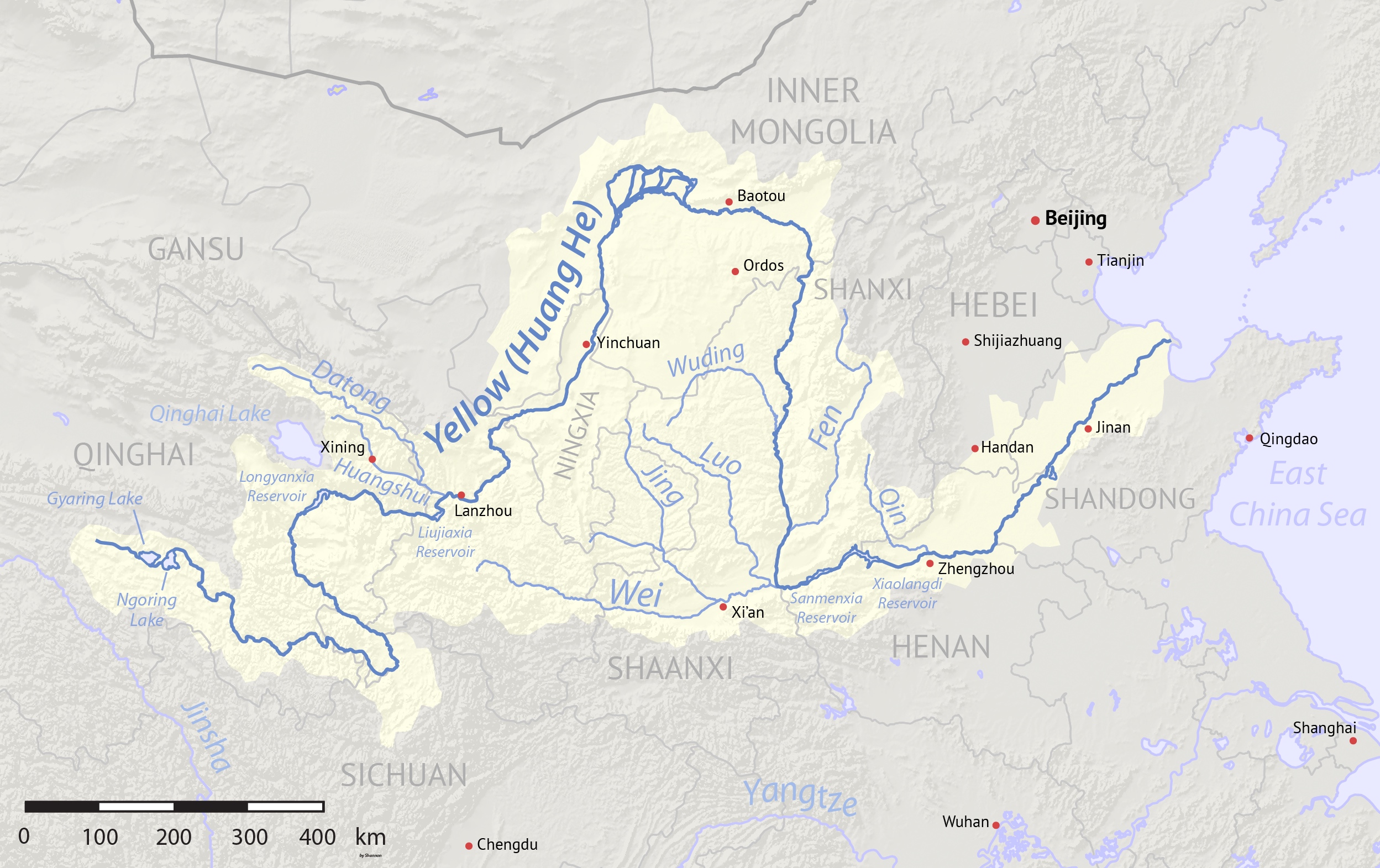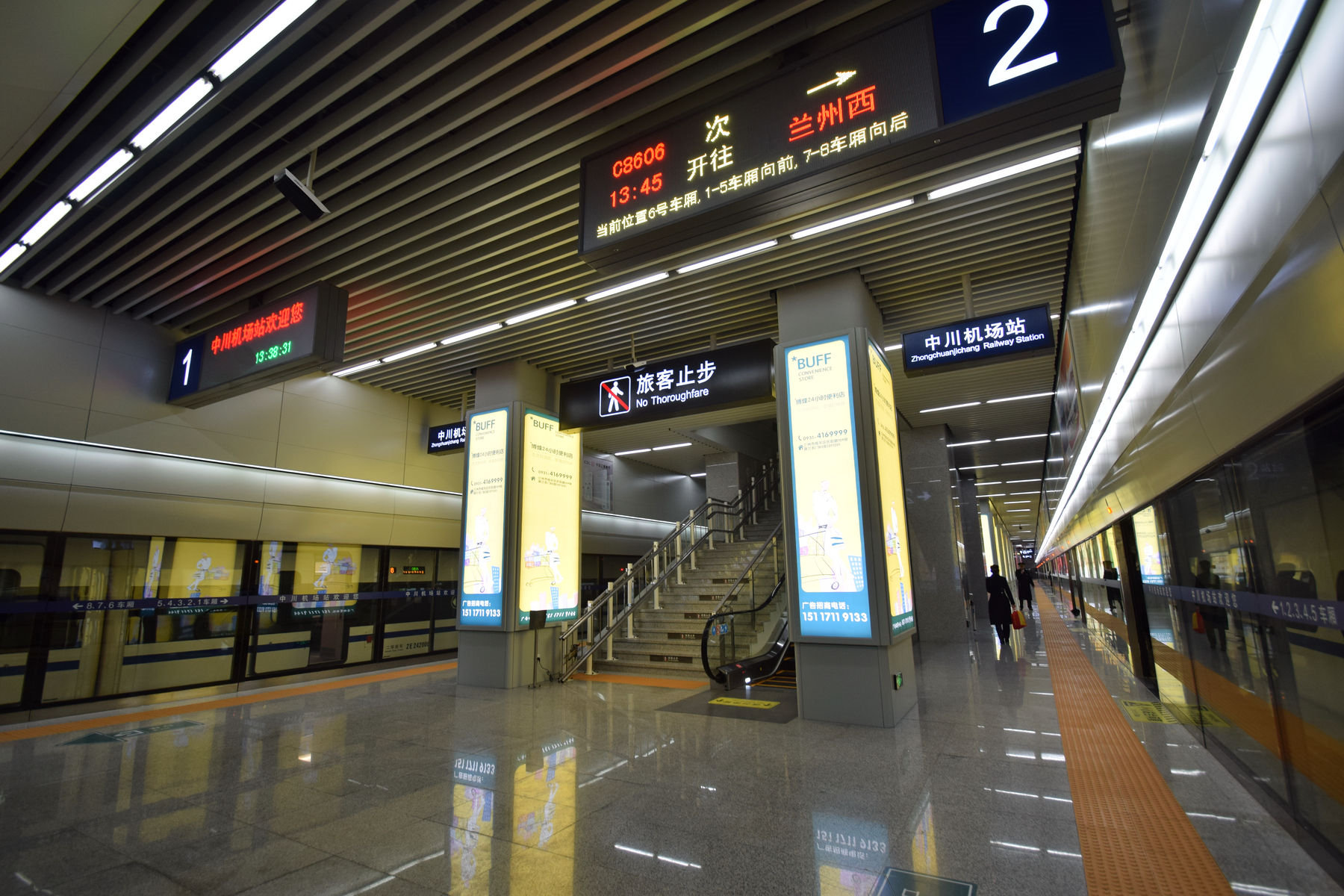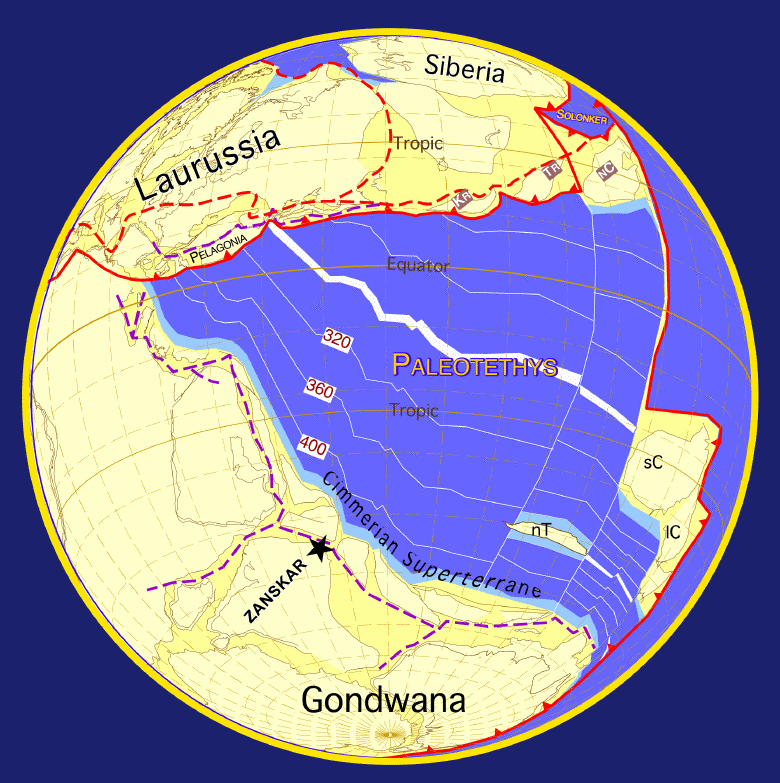|
Lanzhou New Area
Lanzhou New Area () is a state-level new area ( special economic and political administration zone) established in 2012 and is under the direct control of the municipal government of Lanzhou, Gansu province. It is located in the valley around Lanzhou Zhongchuan Airport, 30 kilometres from the old city of Lanzhou. It is the first state-level new development area in northwestern China, and the fifth state-level new area in the country. Background The establishment of Lanzhou New Area (LNA) is the culmination of multiple strategies both from Chinese Central Government and Gansu Provincial Government. Since China launched its Western Development initiative in 2000, several 'Western' Provinces, such as Shanxi, Guangxi, etc. have seen a flurry of investments during the last decade due to the favorable policies those provinces received from China's Central Government. With huge amount of capital investment issued from State's Financial Department, those provinces developed rap ... [...More Info...] [...Related Items...] OR: [Wikipedia] [Google] [Baidu] |
State-level New Areas Of The People's Republic Of China
The new areas or new districts of the People's Republic of China are new urban districts that are given special economic and development support by the Chinese Central Government or regional government. New areas are divided into two varieties: administrative or management and further divided into levels: state-level, provincial-level, and prefectural-level. State-level new areas The State-level new areas of the People's Republic of China are special economic-development zones supported by the central government. The zones are parts of cities at various levels in the formal hierarchy but are known as "national-level" or "state-level" in reference to the preferential policies and privileges that are granted directly by the State Council. These privileges are to encourage and attract new developments (particularly foreign direct investment) to speed up the city's economy. Provincial-level and prefectural-level new areas Provincial-level and prefectural-level new areas are ... [...More Info...] [...Related Items...] OR: [Wikipedia] [Google] [Baidu] |
Xi'an
Xi'an ( , ; ; Chinese: ), frequently spelled as Xian and also known by #Name, other names, is the list of capitals in China, capital of Shaanxi, Shaanxi Province. A Sub-provincial division#Sub-provincial municipalities, sub-provincial city on the Guanzhong, Guanzhong Plain, the city is the third most populous city in Western China, after Chongqing and Chengdu, as well as the most populous city in Northwest China. Its total population was 12,952,907 as of the 2020 census. The total urban population was 9.28 million. Since the 1980s, as part of the China Western Development, economic growth of inland China especially for the central and northwest regions, Xi'an has re-emerged as a cultural, industrial, political and educational centre of the entire central-northwest region, with many facilities for research and development. Xi'an currently holds sub-provincial city in the People's Republic of China, sub-provincial status, administering 11 districts and 2 counties. In 2020, Xi'a ... [...More Info...] [...Related Items...] OR: [Wikipedia] [Google] [Baidu] |
County-level Division
The administrative divisions of China have consisted of several levels since ancient times, due to China's large population and geographical area. The constitution of China provides for three levels of government. However in practice, there are five levels of local government; the provincial (province, autonomous region, municipality, and special administrative region), prefecture, county, township, and village. Since the 17th century, provincial boundaries in China have remained largely static. Major changes since then have been the reorganisation of provinces in the northeast after the establishment of the People's Republic of China and the formation of autonomous regions, based on Soviet ethnic policies. The provinces serve an important cultural role in China, as people tend to identify with their native province. Levels The Constitution of China provides for three levels: the provincial, the county level, and the township level. However, in practice, there are four l ... [...More Info...] [...Related Items...] OR: [Wikipedia] [Google] [Baidu] |
Datong River
The Datong River (), known as the Julak Chu in Amdo Tibetan, is a river in China in the Yellow River basin. It has a total length of , and a basin area of . It has an average annual flow of 90.5 cubic meters per second. It was previously spelled Tatung in English. The river forms in Tianjun County, part of Qinghai Province's Haixi Mongol and Tibetan Autonomous Prefecture. It then flows easterly separating the Qilian Mountains The Qilian Mountains (, also romanized as Tsilien; Mongghul: Chileb), together with the Altyn-Tagh (Altun Shan) also known as Nan Shan (, literally "Southern Mountains"), as it is to the south of Hexi Corridor, is a northern outlier of the Kunl ... from the Daban Mountains. The main centre of population along its length here is Menyuan. The Datong meets the Huangshui River at Qinghai's border with Gansu. While it is a tributary of the Huangshui in name, the Datong is actually the main stem of the Huangshui River system and is considerably longer ... [...More Info...] [...Related Items...] OR: [Wikipedia] [Google] [Baidu] |
Lanzhou Zhongchuan International Airport
Lanzhou Zhongchuan International Airport is an airport serving Lanzhou, the capital of Gansu Province, China. It is located northwest of downtown Lanzhou. It was opened in 1970 and serves as a major air hub for the province of Gansu and western China. There are eight gates served by aerobridges in the terminal. A new larger (61,000 m2) Terminal 2 is located to the South, adjacent to the existing terminal. The new terminal adds nine aerobridges. Lanzhou Airport is a focus city for Hainan Airlines. Passenger traffic at Lanzhou Airport in 2014 was 6.58 million, with 10 million passengers per year projected for 2020. History Lanzhou's first airport, Gongxingdun Airport, was located just from the city centre. By 1957, the Civil Aviation Administration of China decided that Gongxingun Airport's location was too restrictive for the aviation needs of Lanzhou and designated a new site near Zhongchuan town. Due to the geography of Lanzhou, this closest suitable location is from dow ... [...More Info...] [...Related Items...] OR: [Wikipedia] [Google] [Baidu] |
Han Dynasty
The Han dynasty (, ; ) was an Dynasties in Chinese history, imperial dynasty of China (202 BC – 9 AD, 25–220 AD), established by Emperor Gaozu of Han, Liu Bang (Emperor Gao) and ruled by the House of Liu. The dynasty was preceded by the short-lived Qin dynasty (221–207 BC) and a warring interregnum known as the ChuHan contention (206–202 BC), and it was succeeded by the Three Kingdoms period (220–280 AD). The dynasty was briefly interrupted by the Xin dynasty (9–23 AD) established by usurping regent Wang Mang, and is thus separated into two periods—the #Western Han, Western Han (202 BC – 9 AD) and the #Eastern Han, Eastern Han (25–220 AD). Spanning over four centuries, the Han dynasty is considered a golden age (metaphor), golden age in Chinese history, and it has influenced the identity of the History of China, Chinese civilization ever since. Modern China's majority ethnic group refers to themselves as the "Han Chinese, Han people", the Sinitic langu ... [...More Info...] [...Related Items...] OR: [Wikipedia] [Google] [Baidu] |
Geology Of The Himalaya
The geology of the Himalayas is a record of the most dramatic and visible creations of the immense mountain range formed by plate tectonic forces and sculpted by weathering and erosion. The Himalayas, which stretch over 2400 km between the Namcha Barwa syntaxis at the eastern end of the mountain range and the Nanga Parbat syntaxis at the western end, are the result of an ongoing orogeny — the collision of the continental crust of two tectonic plates, namely, the Indian Plate thrusting into the Eurasian Plate. The Himalaya-Tibet region supplies fresh water for more than one-fifth of the world population, and accounts for a quarter of the global sedimentary budget. Topographically, the belt has many superlatives: the highest rate of uplift (nearly 10 mm/year at Nanga Parbat), the highest relief (8848 m at Mt. Everest Chomolangma), among the highest erosion rates at 2–12 mm/yr, the source of some of the greatest rivers and the highest concentration ... [...More Info...] [...Related Items...] OR: [Wikipedia] [Google] [Baidu] |
Manufacturing Industry
Manufacturing is the creation or production of goods with the help of equipment, labor, machines, tools, and chemical or biological processing or formulation. It is the essence of secondary sector of the economy. The term may refer to a range of human activity, from handicraft to high-tech, but it is most commonly applied to industrial design, in which raw materials from the primary sector are transformed into finished goods on a large scale. Such goods may be sold to other manufacturers for the production of other more complex products (such as aircraft, household appliances, furniture, sports equipment or automobiles), or distributed via the tertiary industry to end users and consumers (usually through wholesalers, who in turn sell to retailers, who then sell them to individual customers). Manufacturing engineering is the field of engineering that designs and optimizes the manufacturing process, or the steps through which raw materials are transformed into a final pr ... [...More Info...] [...Related Items...] OR: [Wikipedia] [Google] [Baidu] |
General Office Of The State Council
General Office of the State Council of the People's Republic of China () is an administrative agency of the State Council which assists the leaders with the day to day administrative operations of the Chinese government. It is also known as State Council General Office () or "State Office" (). Functions The main powers of the State Council: # Preparation of the State Council meeting to help the leadership and organization of the State Council meeting make decisions on state matters # To help the leadership and council in the preparation or implement audit and releasing documents # To consult and report to the leaders of the State Council for approval in regards to audits carried out at the State Council level departments, municipalities, provinces, autonomous region, autonomous region. # Advise the state council on sensitive issues between the departments under the State Council. # Manage the relationship between the central government and local government authorities on the ... [...More Info...] [...Related Items...] OR: [Wikipedia] [Google] [Baidu] |
Beijing
} Beijing ( ; ; ), alternatively romanized as Peking ( ), is the capital of the People's Republic of China. It is the center of power and development of the country. Beijing is the world's most populous national capital city, with over 21 million residents. It has an administrative area of , the third in the country after Guangzhou and Shanghai. It is located in Northern China, and is governed as a municipality under the direct administration of the State Council with 16 urban, suburban, and rural districts.Figures based on 2006 statistics published in 2007 National Statistical Yearbook of China and available online at archive. Retrieved 21 April 2009. Beijing is mostly surrounded by Hebei Province with the exception of neighboring Tianjin to the southeast; together, the three divisions form the Jingjinji megalopolis and the national capital region of China. Beijing is a global city and one of the world's leading centres for culture, diplomacy, politics, financ ... [...More Info...] [...Related Items...] OR: [Wikipedia] [Google] [Baidu] |
Yellow River
The Yellow River or Huang He (Chinese: , Mandarin: ''Huáng hé'' ) is the second-longest river in China, after the Yangtze River, and the sixth-longest river system in the world at the estimated length of . Originating in the Bayan Har Mountains in Qinghai province of Western China, it flows through nine provinces, and it empties into the Bohai Sea near the city of Dongying in Shandong province. The Yellow River basin has an east–west extent of about and a north–south extent of about . Its total drainage area is about . The Yellow River's basin was the birthplace of ancient Chinese, and, by extension, Far Eastern civilization, and it was the most prosperous region in early Chinese history. There are frequent devastating floods and course changes produced by the continual elevation of the river bed, sometimes above the level of its surrounding farm fields. Etymology Early Chinese literature including the '' Yu Gong'' or ''Tribute of Yu'' dating to the ... [...More Info...] [...Related Items...] OR: [Wikipedia] [Google] [Baidu] |
Ningxia Hui Autonomous Region
Ningxia (,; , ; alternately romanized as Ninghsia), officially the Ningxia Hui Autonomous Region (NHAR), is an autonomous region in the northwest of the People's Republic of China. Formerly a province, Ningxia was incorporated into Gansu in 1954 but was later separated from Gansu in 1958 and reconstituted as an autonomous region for the Hui people, one of the 56 officially recognised nationalities of China. Twenty percent of China's Hui population lives in Ningxia. Ningxia is bounded by Shaanxi to the east, Gansu to the south and west and Inner Mongolia Autonomous Region to the north and has an area of around . This sparsely settled, mostly desert region lies partially on the Loess Plateau and in the vast plain of the Yellow River and features the Great Wall of China along its northeastern boundary. Over about 2000 years an extensive system of canals (The total length about 1397 kilometers) has been built from Qin dynasty. Extensive land reclamation and irrigation projects h ... [...More Info...] [...Related Items...] OR: [Wikipedia] [Google] [Baidu] |









